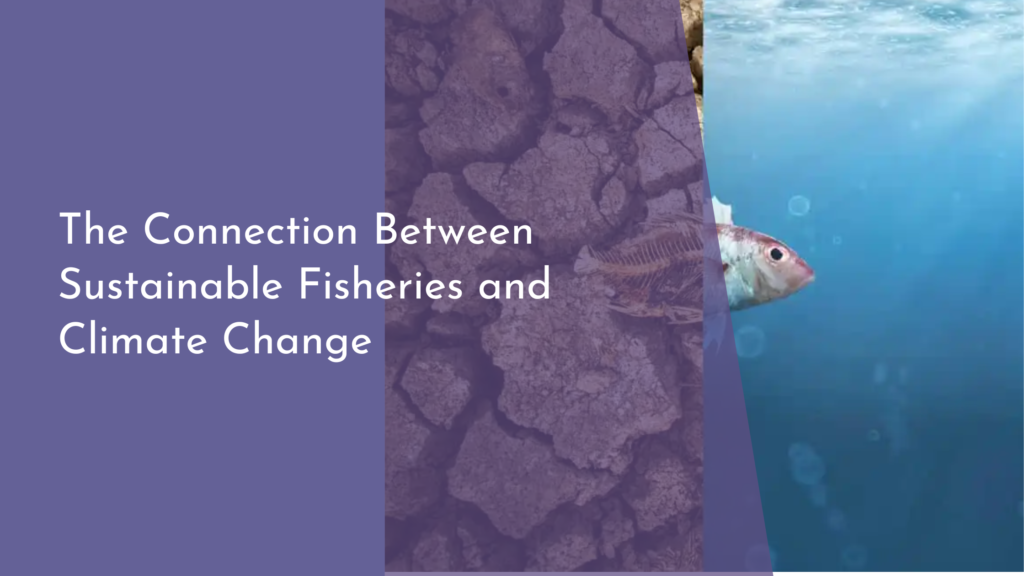Incorporating Art and Culture into Permaculture Design
In the increasingly vital quest for sustainable living, permaculture offers a design philosophy that harmonizes human needs with the natural world. But what if we could enhance this harmonious relationship through the rich tapestries of art and culture? Incorporating artistic elements and cultural practices into permaculture design not only beautifies our spaces but also deepens our connection to the environment and each other. This article explores the joyful amalgamation of creativity with ecological sustainability, highlighting how art and culture can invigorate permaculture practices.
Discover the Joy of Blending Art with Nature’s Design
The integration of art into permaculture is an invitation to express ourselves while nurturing the earth. Imagine a garden not only designed for functionality but also for aesthetic pleasure. Sculptures, murals, and handcrafted decor transform permaculture spaces into vibrant ecosystems that inspire joy and creativity. By utilizing natural materials like wood, stone, and clay, we can create pieces that resonate with the surrounding environment, fostering a sense of unity between the artwork and nature.
Moreover, this artistic expression encourages mindfulness. As we engage in creating art within these green spaces, we become more aware of our interactions with nature. The process of designing and crafting can be meditative, allowing us to connect more deeply with the rhythms of the earth. Through this joyful blend of art and nature, we not only cultivate gardens but also cultivate our souls, nurturing a profound appreciation for the beauty that surrounds us.
Creative Elements: Enhancing Permaculture Spaces Artistically
Incorporating creative elements into permaculture design can take many forms. Functional pieces such as trellises, birdhouses, and pathways can be made to reflect artistic styles and cultural narratives. For instance, weaving natural materials into visual designs can create trellises that serve dual purposes: supporting climbing plants and offering visual intrigue. Additionally, colorful mosaics made from recycled materials can transform simple garden beds into eye-catching focal points, inviting visitors to explore and engage.
Artistic enhancements extend beyond mere aesthetics; they can also serve educational purposes. Signage that incorporates artistic flair can teach visitors about the plants, wildlife, and permaculture principles in an engaging manner. Interactive installations encourage hands-on learning, fostering a sense of community and shared responsibility for the environment. By merging creativity with ecological design, we can create spaces that are not only functional but also inspiring and enlightening.
Cultural Practices: Enriching Your Garden with Tradition
Incorporating cultural practices into permaculture design adds layers of meaning that honor our heritage and deepen our connection to the land. Many cultures have long-standing traditions of using native plants, local materials, and specific gardening techniques that have been passed down through generations. By embracing these practices, we can create gardens that not only support biodiversity but also celebrate our cultural identities.
Planting culturally significant crops can also foster a sense of belonging and continuity within a community. For example, a garden that includes traditional medicinal herbs or staple foods from a particular culture can serve as a living library of knowledge. Workshops that teach these practices can engage community members, promoting a shared understanding of sustainable living that respects and honors our collective history. Through these cultural enrichments, permaculture becomes not just a design approach but a celebration of life and heritage.
Inspiring Community: Art and Culture in Sustainable Living
Art and culture have the remarkable power to unite people around a common cause: sustainable living. By creating community art projects, we can involve local residents in beautifying shared spaces while fostering a sense of ownership and pride. Murals depicting local flora and fauna can inspire conservation efforts, while community gardens can serve as gathering places for workshops, potlucks, and celebrations, weaving the fabric of community together.
Moreover, events such as art fairs or cultural festivals centered around permaculture principles can illuminate the interconnectedness of the environment, art, and culture. These gatherings inspire participants to reconsider their relationship with nature and each other, encouraging the adoption of sustainable practices in everyday life. As we come together to celebrate artistic expression and cultural heritage, we cultivate a community that is not only resilient but also rich in creativity and connection.
Incorporating art and culture into permaculture design brings a vibrant energy to sustainable living. By blending creativity with ecological principles, we create spaces that are not only functional but also enriching and inspiring. The joy of expressing ourselves through art while honoring cultural traditions fosters a deeper connection to the earth and each other. As we move forward, let us embrace the beauty of this synergy, nurturing gardens that reflect the artistry of our lives and the richness of our cultures. Together, we can cultivate a flourishing, sustainable future that celebrates both nature and humanity.

